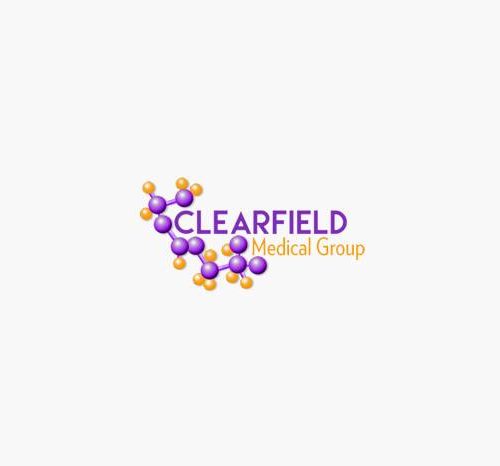A blue vein across the bridge of an infant’s nose can be a sign of methylation defects.
Editor’s note: This is the continuation of a series of articles by William Clearfield, D.O., regarding his fictional patient, Teddy, and his battles with Alzheimer’s Disease. Click here to read part 1; click here to read part 2; and click here to read part 3. Click here to read part 4.
We’re now halfway through our 10 steps to a healthy brain. As a reminder, here again are steps 1-5:
- Keep Your Blood Sugar Balanced
- Eat Healthy Fats
- Get Adequate and Restful Sleep
- Enough (but not too much) Vitamin D3 is Essential for the Brain to Function Properly
- Get Your Gut In Order
This month, we take on step 6: Maintain Adequate Methylation.
Methylation is the process of taking a single carbon and three hydrogens, known as a methyl group, and applying it to countless critical functions in the body such as: thinking, repairing DNA, turning on and off genes, fighting infections and getting rid of environmental toxins, according to published reports.
Methylation is essential for the synthesis of neurotransmitters, the chemical substances in our brain that signal what and how our we react varying stimuli. Malfunction of the methylation cycle is generally due to a diet deficient in B6, B12, folate, (not folic acid!), or, in 30-50 percent of the general population, due to a genetic variation, according to the January 2018 article, “What is Methylation and Why Should You Care About it,” published by preventative health care website “Thorne.”
Newborns exhibit methylation defects via blue veins across the bridge of the nose, a sacral dimple or a classic “stork bite” skin discoloration on the back of the neck.
Methylation defects can be detected two ways. The most sophisticated is a genetic test looking for the MTHFR (methylenetetrahydrofolate reductase) enzyme.
Simpler is a blood test, homocysteine, which is a proxy measure for methylation, blood vessel integrity and a nutritional marker. We assess, as part of our general anti-aging protocol, every new patient’s homocysteine levels. “Normal” homocysteine levels are <11 umol/L. Optimally we want to reduce homocysteine to <10 umol/L.
Normal Homocysteine ensures proper metabolism of neurotransmitters, balances mood and cognition, maintains brain volume, and protects memory retention.
Elevated homocysteine and MTHFR mutations result in mental fogginess, brain atrophy and peripheral nerve damage. Health conditions associated with failed methylation include autism, ADHD, fertility problems, depression, heart problems, mood disorders and autoimmune disorders, according to the article, “MTHFR Mutation Symptoms, Diagnoses & Natural Remedies,” by renowned Dr. Josh Axe.
Action Steps:
- Eat: wholemeal grains (unless you are on a gluten-free diet) such as brown rice, brown pasta, brown bread and oats; dark green leafy vegetables; organic poultry and grass-fed beef; organic dairy products such as yogurt, cheese, and milk; pulses such as lentils and all types of beans; and nuts and seeds.
- Lifestyle changes: engage in regular physical exercise; avoid excessive alcohol consumption; don’t smoke; and avoid excessive coffee consumption.
- Ensure proper intake of ssential nutrients, including: 5-MTHF (active folate); Methylcobalamin (active vitamin B12); Pyridoxal 5’-Phosphate (active vitamin B6); Riboflavin 5’-Phosphate (active vitamin B2); Magnesium; Betaine (also known as trimethylglycine); and Vitamin D.
There are any number of pharmaceutical grade supplement companies that make combinations of the above nutrients.
And there you have it. Next month, we will continue withs steps 7 to 10:
- Balance Your Hormones
- Six Fixes for A Healthy Heart
- Exercise
- Lifetime Learning




